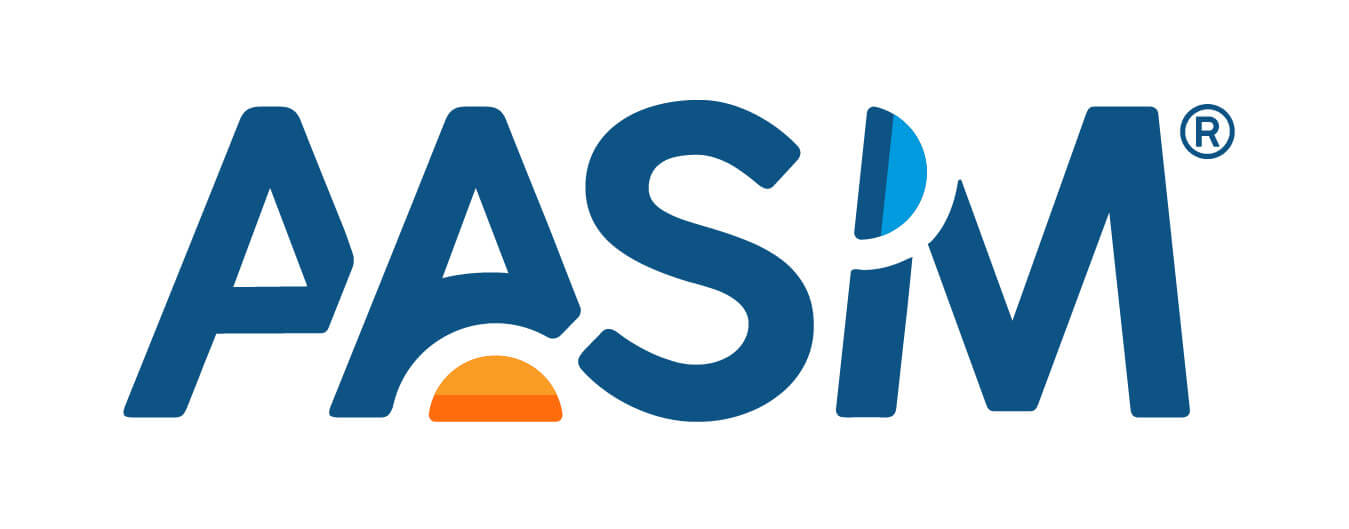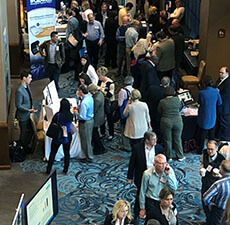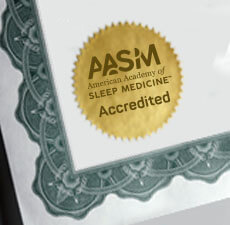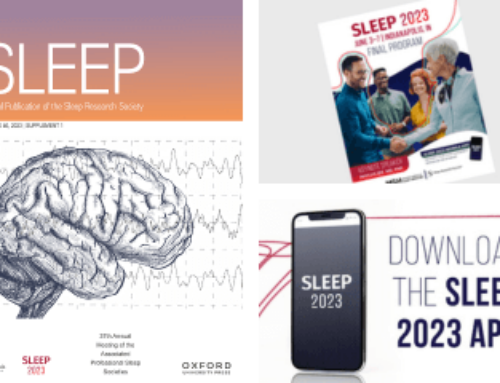EMBARGOED FOR RELEASE
June 10, 2008, at 12:01 a.m.
CONTACT:
Kathleen McCann
(708) 492-0930, ext. 9316
WESTCHESTER, Ill. – Obstructive sleep apnea (OSA) patients cared for by sleep centers accredited by the American Academy of Sleep Medicine (AASM) and certified sleep medicine specialists receive better education than patients cared for by non-AASM accredited centers and non-certified physicians, according to a research abstract that will be presented on Tuesday at SLEEP 2008, the 22nd Annual Meeting of the Associated Professional Sleep Societies (APSS).
The study, authored by Sairam Parthasarathy, MD, of the University of Arizona and Southern Arizona VA HealthCare System, focused on four sleep centers and 243 patients. All patients underwent polysomnography at participating locations and completed validated questionnaires regarding education received from physicians and sleep centers, timeliness of the initial sleep study, and overall satisfaction of care received from physicians and centers. Subsequently, a three-month follow-up questionnaire was administered via telephone.
“Patients at accredited centers were more likely to report having received adequate education regarding OSA than patients at non-accredited sites,” said Dr. Parthasarathy. “Lack of accreditation or certification status of providers was independently associated with greater likelihood of not receiving adequate education regarding OSA.”
OSA is a sleep-related breathing disorder that causes your body to stop breathing during sleep. OSA occurs when the tissue in the back of the throat collapses and blocks the airway. This keeps air from getting into the lungs. It is estimated that four percent of men and two percent of women have OSA, and millions more remain undiagnosed.
On average, most adults need seven to eight hours of nightly sleep to feel alert and well-rested.
The AASM offers the following tips on how to get a good night’s sleep:
- Follow a consistent bedtime routine.
- Establish a relaxing setting at bedtime.
- Get a full night’s sleep every night.
- Avoid foods or drinks that contain caffeine, as well as any medicine that has a stimulant, prior to bedtime.
- Do not go to bed hungry, but don’t eat a big meal before bedtime either.
- Avoid any rigorous exercise within six hours of your bedtime.
- Make your bedroom quiet, dark and a little bit cool.
- Get up at the same time every morning.
First introduced as a treatment option for sleep apnea in 1981, continuous positive airway pressure (CPAP) is the most common and effective treatment for OSA. CPAP provides a steady stream of pressurized air to patients through a mask that they wear during sleep. This airflow keeps the airway open, preventing the pauses in breathing that characterize sleep apnea and restoring normal oxygen levels.
CPAP Central (www.SleepEducation.com/CPAPCentral), a Web site created by the AASM, provides the public with comprehensive, accurate and reliable information about CPAP. CPAP Central includes expanded information about OSA and CPAP, including how OSA is diagnosed, the function of CPAP, the benefits of CPAP and an overview of what to expect when beginning CPAP, the position of experts on CPAP, and tools for success. CPAP Central also features an interactive slide set that educates the public about the warning signs of OSA.
Those who think they might have OSA, or another sleep disorder, are urged to consult with their primary care physician or a sleep specialist at an AASM-accredited sleep center.
To view a listing of AASM-accredited sleep centers in your area, please visit www.SleepCenters.org.
The annual SLEEP meeting brings together an international body of 5,000 leading researchers and clinicians in the field of sleep medicine to present and discuss new findings and medical developments related to sleep and sleep disorders.
More than 1,150 research abstracts will be presented at the SLEEP meeting, a joint venture of the AASM and the Sleep Research Society. The three-and-a-half-day scientific meeting will bring to light new findings that enhance the understanding of the processes of sleep and aid the diagnosis and treatment of sleep disorders such as insomnia, narcolepsy and sleep apnea.
SleepEducation.com, a patient education Web site created by the AASM, provides information about various sleep disorders, the forms of treatment available, recent news on the topic of sleep, sleep studies that have been conducted and a listing of sleep facilities.
Abstract Title: Effect of Sleep Medicine Specialists and American Academy of Sleep Medicine Accreditation on Management of Obstructive Sleep Apnea
Presentation Date: Tuesday, June 10
Category: Healthcare Services, Research & Education
Abstract ID: 1069
# # #







